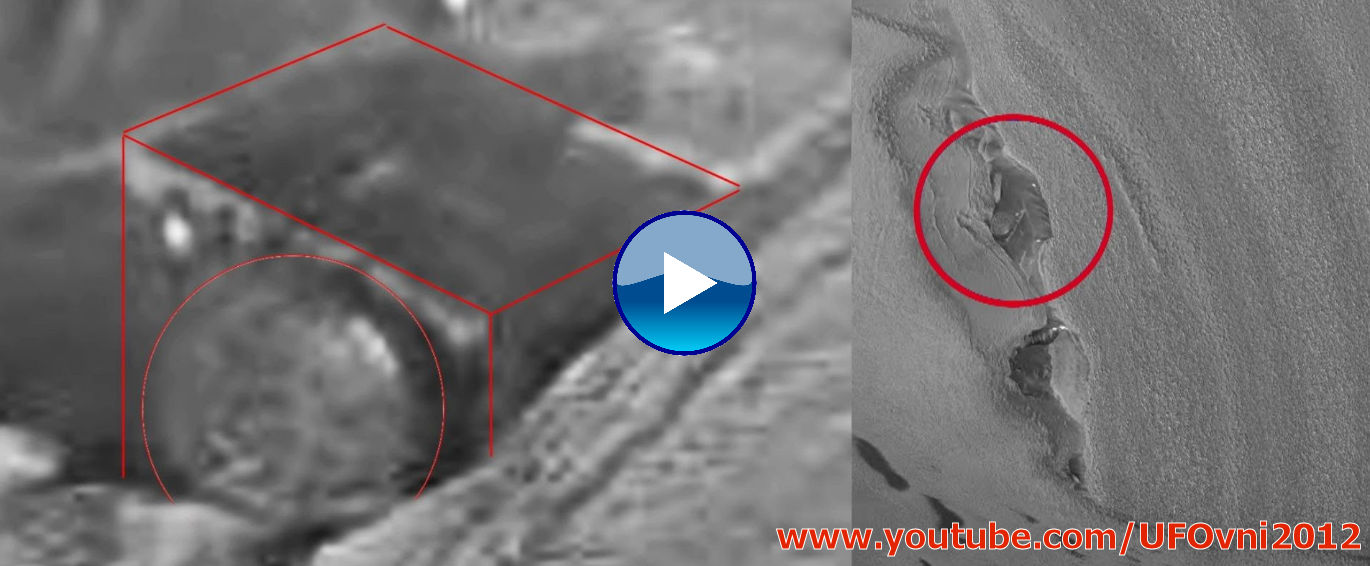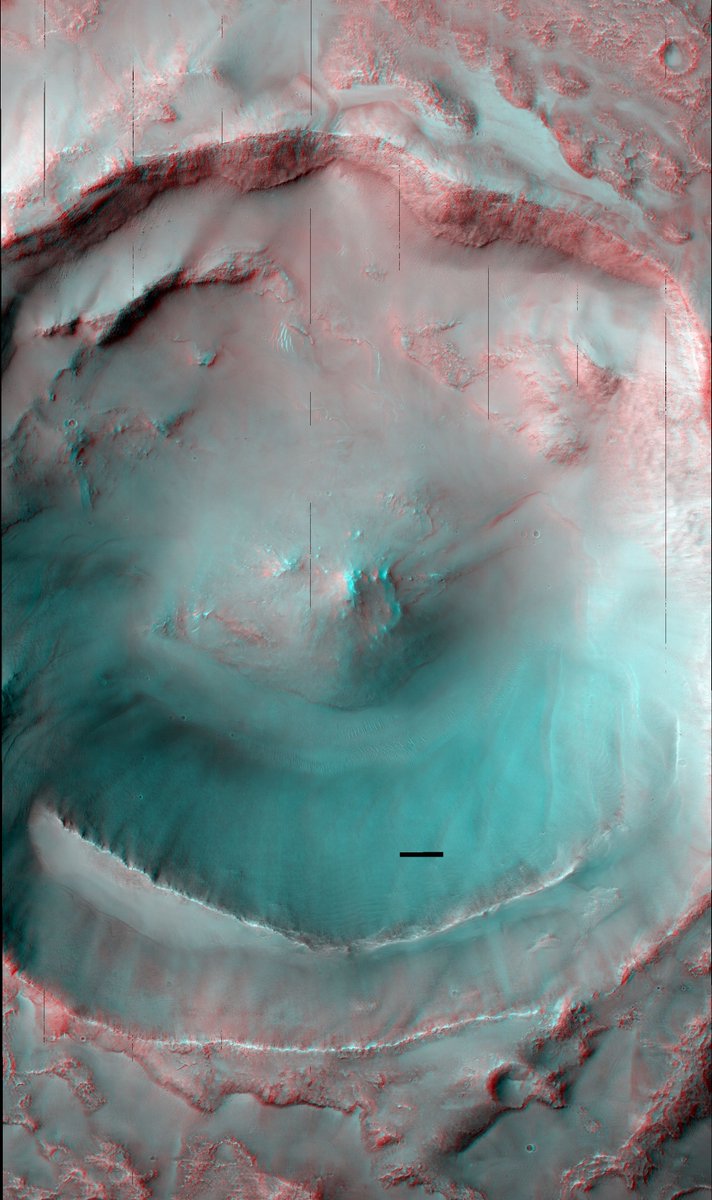
They have been some of our favorites over the years Avalanches in progressAnd the Dark streams that may or may not be a salty substance seeping into the surface, Pictures from Our spacecraft and spacecraft are on the surface of MarsAnd the And many more.

HiRISE is the most powerful camera ever sent to another planet, and it has provided a large number of incredibly detailed images of Mars features. The mission began in 2005, arrived at Mars in 2006 and has been observing the planet Mars ever since. Dark, finger-like features appear and extend down some Martian slopes during late spring through summer, fade in winter, and return during the next spring. MRO is one of NASA’s oldest and longest-lived spacecraft. This thermal erosion made the face ‘mouth’ larger, and the ‘nose’ – which had been composed of two circular depressions in 2011, is now larger and merging. You will also see that some features of the “blobby” may change shape due to the heat of the sun causing sublimation – when the solid directly turns into a gas, bypassing the liquid phase. Plans call for this scanner to image roughly 1 of Mars by area at a pixel scale of 0.3 m during the next Mars year. There are differences in color caused by different amounts of bright frost over a dark red ground, according to the HiRISE team. The High Resolution Imaging Science Experiment (HiRISE) on MRO is the largest, most complex camera ever flown to another planet. The first photo was taken in 2011 and the other in December of 2020, around the same season, and it shows some different changes. A smiling face crater on Mars in December 2020, as seen with a HiRISE camera on the Mars Reconnaissance Orbiter.

These two images were taken by the HiRISE (High Resolution Imaging Scientific Experiment) camera aboard the Mars Exploration Orbiter and show how the Martian surface changes over time – in this case, due to thermal erosion. Who has a smile bigger than it did ten years ago? This is a crater on the surface of Mars.


 0 kommentar(er)
0 kommentar(er)
